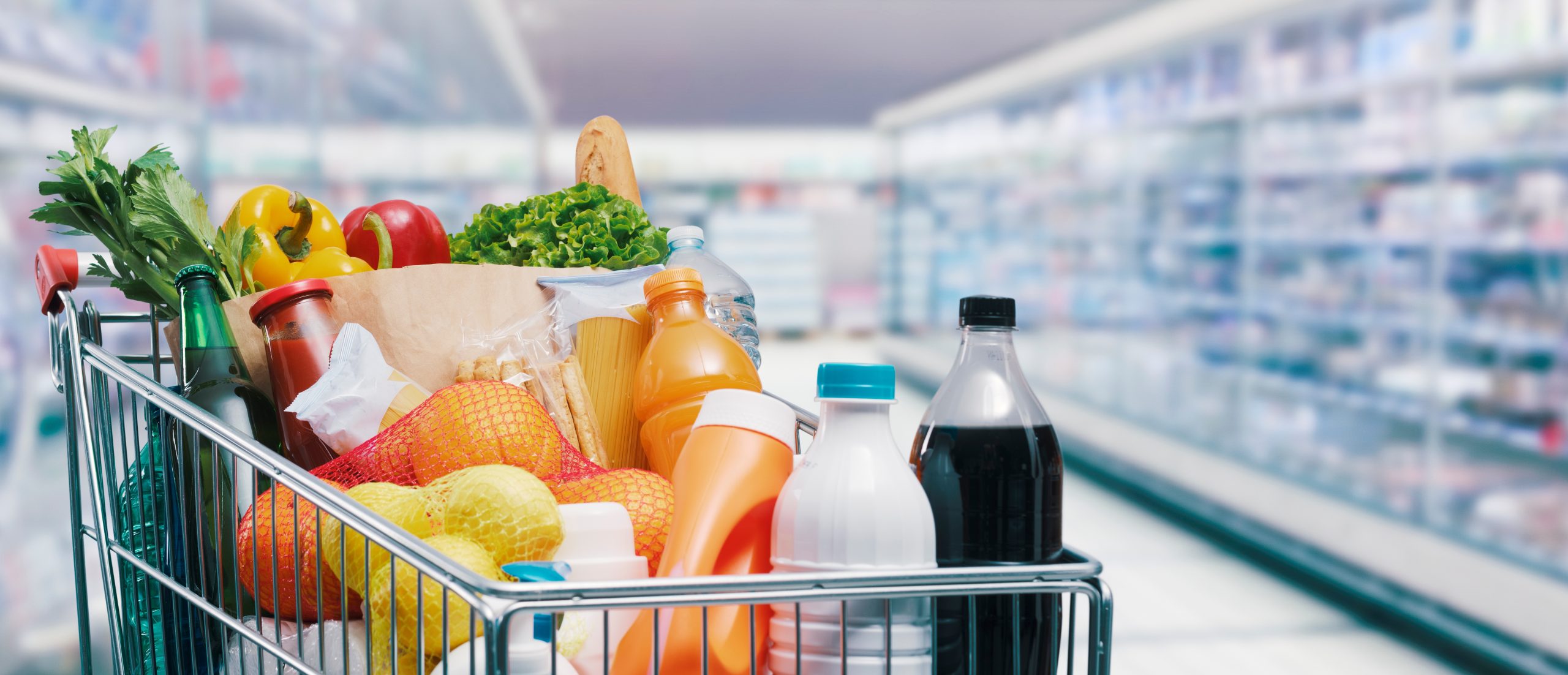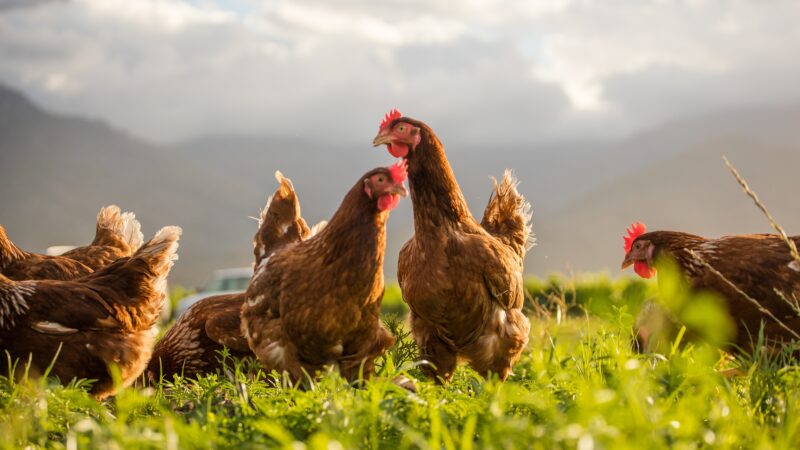Retail food and drink contributing less than one-tenth to ‘all-items’ inflation

Retail food and drink inflation has declined from 19.1% in April 2023 to 1.5% in July 2024, according to figures from the Institute of Grocery Distribution (IGD).
Meanwhile, the bulk of remaining inflation pressures (approximately 80%) is being exerted by services.
Explaining the current state of inflation, the IGD’s Chief Economist, James Walton said the cost of services – including eating out, travel and communications – rose by 5.2% in July (versus 5.7% in June).
“According to the ONS, “all items” inflation has risen marginally, up from 2.0% year-on-year in June to 2.2% in July, when measured by the CPI method,” said James Walton.
“This supports IGD’s view that inflation is now stabilising after a long period of decline. A major reason is that deep cuts in the cost of fuel and household utilities are now exiting annual comparisons.”
A key cost in providing services is labour, and as James Walton adds, in many instances it is hard to achieve scale efficiency or increase productivity, therefore delivering more services requires more labour input.
“Wages in the services sector are currently rising by about 4.3% year-on-year,” added James Walton. “Ongoing high wage growth in services is a key force driving inflation across the economy and, therefore, delaying interest rate reductions.
“In contrast, goods inflation was slightly negative in July, down 0.6%. This category includes food and drink, clothing, household goods and other tangible items. Retail food and drink inflation has declined from 19.1% in April 2023 to 1.5% in July 2024, while eating out inflation is more persistent, standing at 5.1%”
‘Interest rates will not be cut until the inflation pressure coming from services is under firm control’
In a breakdown of inflation’s influence of the food system, IGD points out that in the ONS 2024 CPI methodology, food and drink bought at retail is allocated 113 points out of 1000, with alcohol and tobacco adding a further 39. Catering services are worth 114. As stated, in July, inflation for food and drink bought at retail was 1.5% year-on-year, meaning that price change in this market is contributing less than one-tenth of all items inflation, while inflation for alcohol and tobacco was 7.3%, contributing around one-tenth.
However, catering services (i.e. eating out) saw inflation of 5.1%, with inflation here being more persistent. Price change in this market contributed about a quarter to all items inflation.
James Walton said consumers may be able to avoid the impact of this by moving out of the market, at least to some degree – and IGD’s ShopperVista data shows that at least some are choosing to do this.
“Both businesses and households would benefit from lower interest rates, which would reduce debt repayments and allow for higher spending and investment,” said James Walton.
“However, interest rates will not be cut until the inflation pressure coming from services is under firm control. Given the influence of the eating out market in driving overall inflation, the Bank of England may be expected to watch price change in the eating out market closely when making its decisions.”







